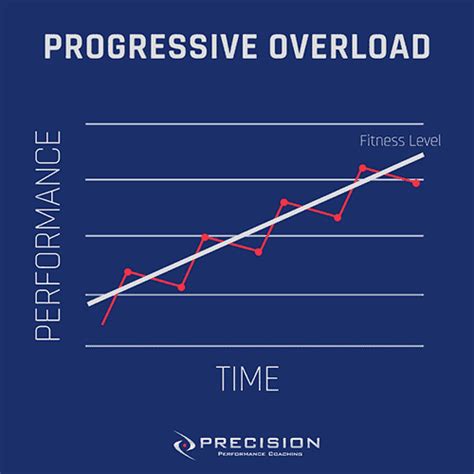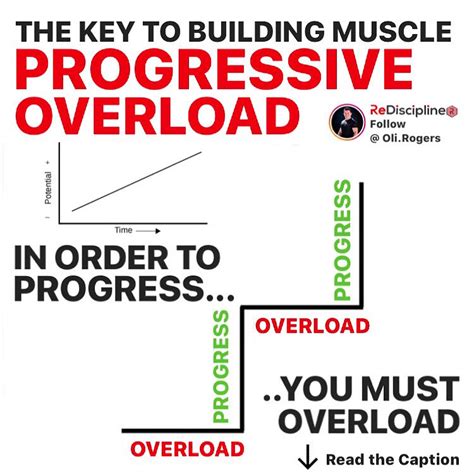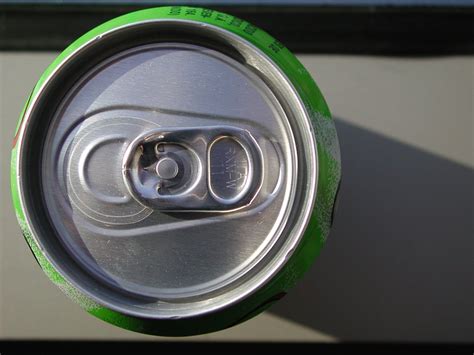Optimize progressive overload for relentless strength and peak performance?

The Foundation of True Strength: Understanding Progressive Overload
For anyone serious about building lasting strength and elevating their physical performance, the concept of progressive overload is not just a technique—it’s the fundamental principle. Simply put, progressive overload is the gradual increase in stress placed upon the musculoskeletal system during training. Without consistently challenging your muscles beyond their current capabilities, adaptation plateaus, and your progress grinds to a halt. It’s the engine that drives continuous improvement, forcing your body to adapt by getting stronger, building more muscle, and improving endurance.
But how do you optimize this critical principle to ensure a relentless march towards your strength and performance goals? It’s more nuanced than just adding weight; it involves a strategic, multi-faceted approach to training.

Multi-faceted Methods to Implement Progressive Overload
While most people associate progressive overload solely with increasing the weight lifted, there are numerous other effective ways to apply this principle, each playing a vital role in comprehensive development:
- Increase Load (Weight): The most straightforward method. Once you can comfortably complete your target reps and sets with good form, it’s time to add more weight.
- Increase Repetitions: If increasing weight isn’t feasible, aim for more reps within your existing sets. This builds muscular endurance and volume.
- Increase Sets: Adding another set to an exercise increases your total work volume, stimulating further adaptation.
- Decrease Rest Times: Reducing the rest period between sets makes your workout more challenging and improves work capacity and cardiovascular fitness.
- Improve Form/Technique: Executing an exercise with stricter form, a fuller range of motion, or better control makes the movement more effective and challenging, even with the same weight.
- Increase Training Frequency: Training a muscle group more often throughout the week, assuming adequate recovery, can accelerate progress.
- Increase Time Under Tension: Slowing down the eccentric (lowering) phase of a lift, or pausing at specific points, significantly increases the demand on the muscles.
- Increase Training Density: Completing the same amount of work in less time, or more work in the same amount of time.

Strategic Application for Optimal Results
Optimizing progressive overload isn’t about haphazardly throwing different methods at your training. It requires a strategic approach and careful planning:
- Track Everything: This is non-negotiable. Keep a detailed log of your exercises, sets, reps, weights, and even rest times. Without data, you can’t assess progress or plan future sessions effectively.
- Prioritize Form: Never sacrifice proper form for the sake of adding weight. Poor form leads to injury and inefficient muscle activation, negating the benefits of progressive overload.
- Periodize Your Training: Don’t try to increase everything all the time. Implement cycles where you focus on different aspects (e.g., a strength phase focusing on load, followed by a hypertrophy phase focusing on volume and time under tension). This allows for recovery and prevents plateaus.
- Listen to Your Body: Some days you’ll feel stronger than others. Be flexible. If you’re feeling rundown, it might be better to maintain current loads with perfect form rather than pushing for a new personal best and risking overtraining or injury.
- Vary Your Methods: While increasing weight is primary for strength, regularly incorporating other methods ensures well-rounded development and keeps your body adapting to new stimuli. For example, a deload week might involve maintaining weight but focusing on stricter form and longer time under tension.

Avoiding Plateaus and Maximizing Gains
Plateaus are inevitable in any long-term training journey. When you hit one, it’s a sign that your body has fully adapted to the current stimulus. This is where a deep understanding of progressive overload becomes invaluable. Instead of getting frustrated, analyze your training log:
- Are you consistently adding weight or reps?
- Could you decrease rest times?
- Is your form impeccable, or could it be improved?
- Are you recovering adequately (sleep, nutrition, stress management)?
Often, a minor adjustment in one of these variables is all it takes to break through a plateau. Sometimes, a planned deload week—reducing volume and/or intensity significantly—allows your body to fully recover and come back stronger, ready to handle increased demands.

Relentless Strength and Peak Performance: The Long-Term Reward
Consistently and intelligently applying progressive overload is the single most effective strategy for ensuring a continuous journey of strength gains and performance enhancement. It’s not about immediate gratification but about consistent, incremental improvements that compound over time. By diligently tracking, strategically adjusting, and prioritizing safety and recovery, you build a resilient, powerful physique capable of adapting to almost any challenge.
Embrace the challenge of progressive overload, and you’ll unlock a limitless potential for relentless strength, improved body composition, and the peak performance necessary to excel in your chosen physical pursuits. It’s the constant pursuit of being slightly better than yesterday, day after day, that truly transforms your capabilities.









